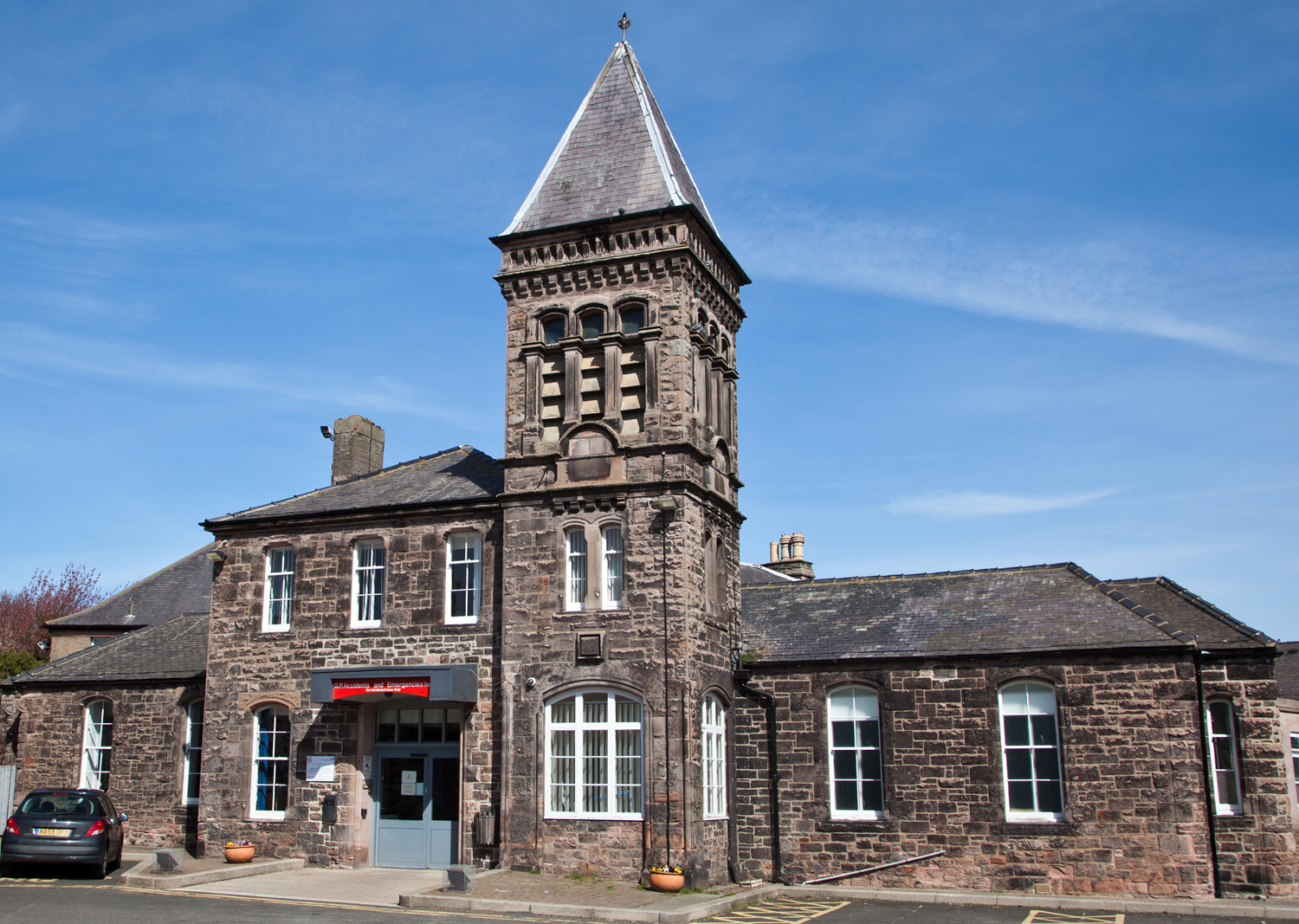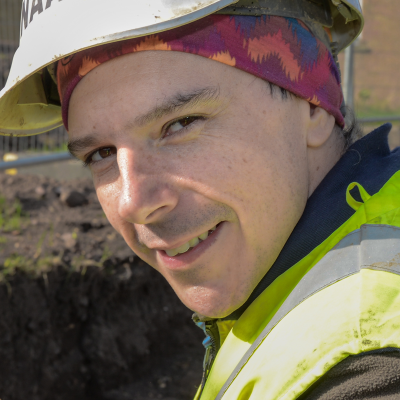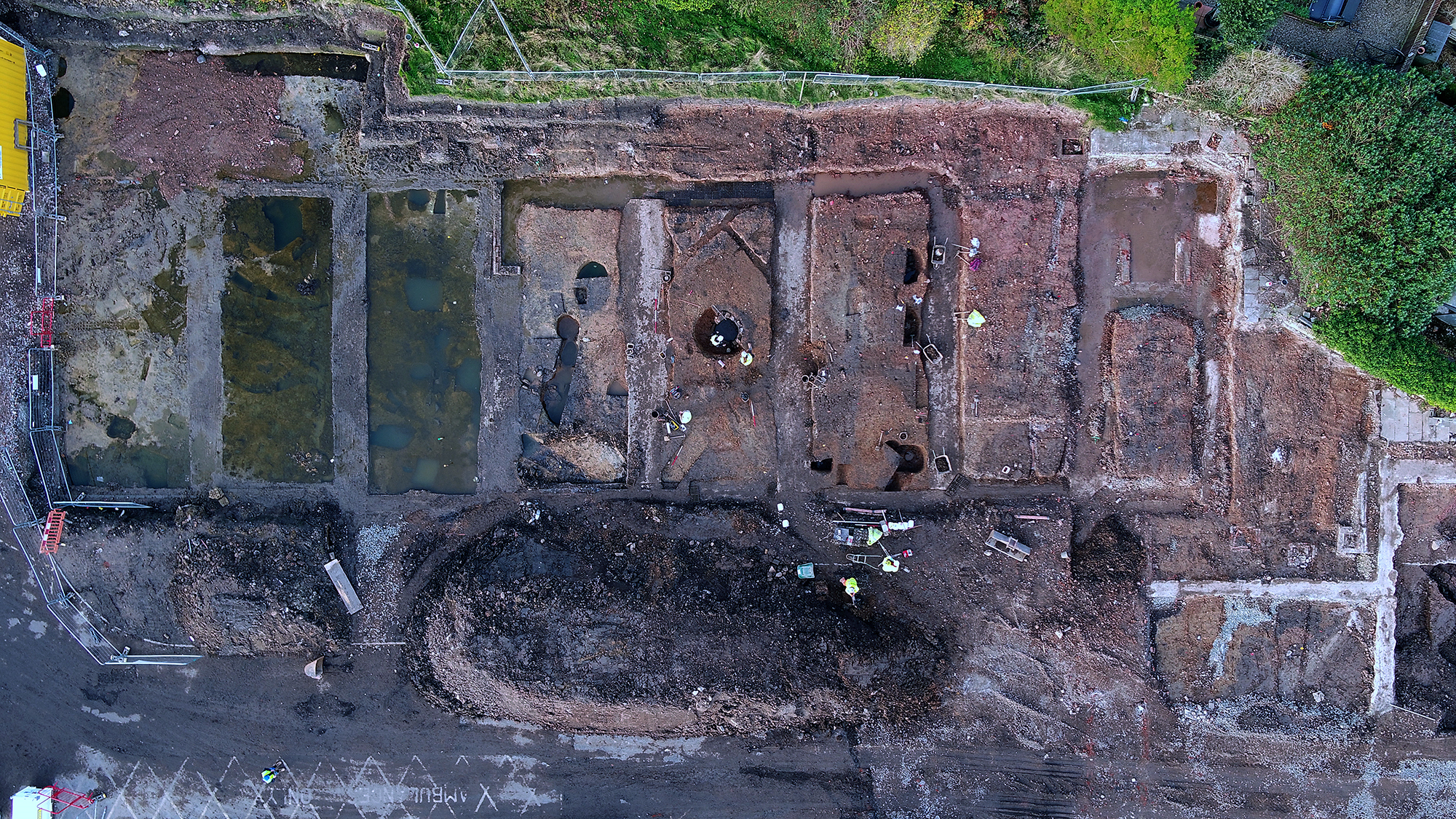With the fieldwork well under way, it’s an ideal time to share some of the fabulous discoveries made at Berwick Infirmary, where a large team of NAA’s archaeologists have been working with Northumbria Healthcare NHS Foundation Trust to investigate significant archaeological remains discovered during redevelopment of the hospital site.
Once demolition of outdated hospital buildings began in late Spring 2021, it became clear that archaeological deposits of historic importance, including artefacts, animal bones and structures, were remarkably well-preserved across the area. It was agreed with local planning archaeologists that they should be examined and recorded thoroughly before being lost during preparation works on the site.

Along the northern and eastern boundaries, we have uncovered dense concentrations of medieval rubbish pits and latrines, each infilled with mixtures of organic materials that have rotted down. These features are goldmines for archaeologists as they contain people’s everyday waste, such as pottery, animal bone and fish bone, which reveal what the people were eating and sometimes what work they were involved in. We were lucky enough to find metallic items, such as a rare survival of a wood-handled knife dating to the 16th century and a jetton (accountancy counter) dated to c. 1497–1547. And lots of leather shoes! These tantalising traces of the past give glimpses into the lives of the inhabitants of Berwick and, sometimes, how they were affected by changes in the course of history.
All of these objects, and the features they were found within, relate directly to life during Berwick’s turbulent medieval past. The town’s origins lie in the Anglo Saxon period and by the time of the Domesday survey in 1086, the growing settlement had become a busy gateway market town, the River Tweed having been adopted as the border between England and Scotland in 1018.

Early illustrations suggest that one of the main roads through the medieval town existed on what is now Low Greens, which borders the eastern edge of this site. The northern part of the walled area, encompassing this development area, functioned as a medieval ‘backland’ or open area associated with agriculture and small-scale industrial practices, allowing a snapshot of Berwick’s medieval past to be preserved.

"From the analysis of the archaeological remains we will be able to learn more about the ordinary people who lived here in the medieval period, what types of agriculture and industry took place in this part of the town and how it changed over time."
Steve Collison
Northern Archaeological Associates Ltd
Our high-profile excavations and summer open days attracted over a thousand visitors, as well as regular interest from the local and national press, including the BBC.
Medieval artefacts unearthed at Berwick Infirmary
Berwick Infirmary excavation unearths medieval well





